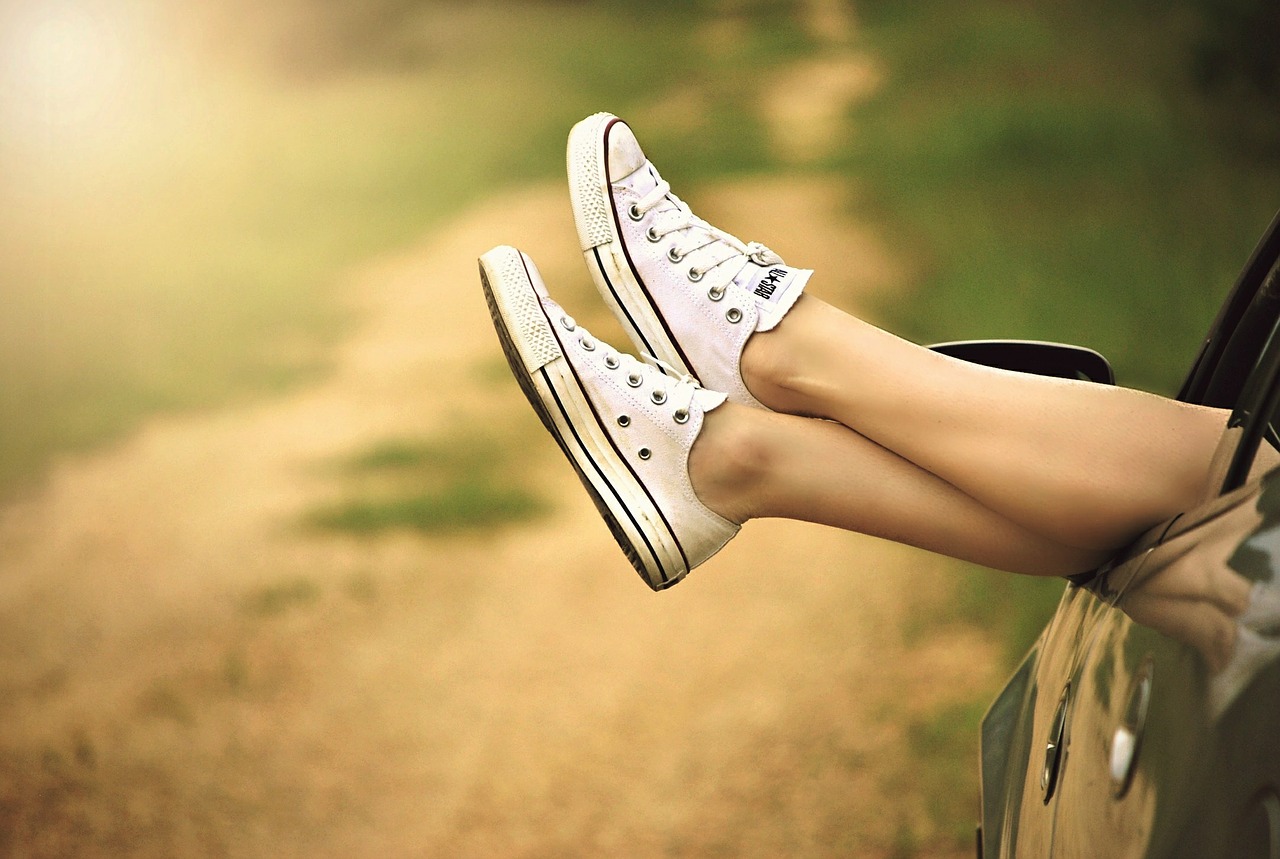The differences between men’s and women’s shaving habits are subtle and nuanced. Historically, hair removal was more prevalent among men, but—thanks to clever marketers—women started to practice hair removal routines as well. Since then, there have been tectonic shifts in how men and women have practiced their regular shave routine. For instance, some of today’s modern lumbersexuals will grow out their beard while simultaneously practicing the art of the “manscape” wherein they trim or shave everything under the sun, including their tenders. Similarly, women have been more apt to adopt some of the shaving tactics more often practiced by the men. One such area is the use of safety razors and shaving soaps.

Shaving Soap vs. Shaving Cream
Oils, soaps and creams have traditionally been a part of hair removal. The saponification effects of the highest quality wet shaving soaps benefit women as much as they do men. For instance, a quality shaving soap puck can last for months up to a year or more if used properly. It may cost marginally more than a simple can of shaving foam, but the quality and use-length provides a drastic improvement to the status quo of simply performing a quick leg-rub with bar soap in the shower.
Because soap acts just like the cream, but with more water included, the highest quality shaving cream is, pound-for-pound much more expensive than shaving soap counterparts. In addition, shaving cream (foam) most often is produced and distributed in environmentally-unfriendly cans that are typically not recycled properly. For those looking to truly save money and be more environmentally conscious, picking a quality shaving soap in lieu of a cream is warranted.
The Downsides of Most Shaving Soaps
Buying a shaving cream instead of a shaving soap may sound like an easy alternative. However, there are some downsides to shaving soaps. Unfortunately for the women, men’s wet shaving soap is typically not scented to appeal to the gentler of the sexes. No, scents like bay rum and sandalwood are not likely to find a place in the bathroom medicine cabinets of female shavers. That is thankfully changing as more women are looking for ways to reduce their environmental footprint and get smoother-feeling legs post-shave.
Shaving soaps also assume that you own and operate a wet shaving brush, which most women do not. This unfortunately adds to the expense of using a wet shaving soap in the first place. However, for the women who have a loving man in their life, they are likely to receive less push-back if they ask a man to borrow his shave brush than if they ask to borrow his razor. Furthermore, a good shave brush can be had for $10 to $15 and its long-term usefulness and impact will be worth the overall upfront investment.
The process of shaving is, for most people, a very personal one. Apart from changing general habits with broad-based advertising, most personal grooming routines are changed in a much more grassroots way (e.g. word-of-mouth and friend-to-friend). Luckily for those interested in getting a higher-quality shave at a lower price along with less impact on the environment, there are more options now than perhaps there have ever been. This is one of the main reasons there has been a meteoric rise in the number of women who have been wet shaving their legs with more traditional safety razors. And, with the rise of safety razor shaving, we have also seen a drastic shift toward more shaving soaps, rather than canned shaving cream—all with positive personal and global impact.

